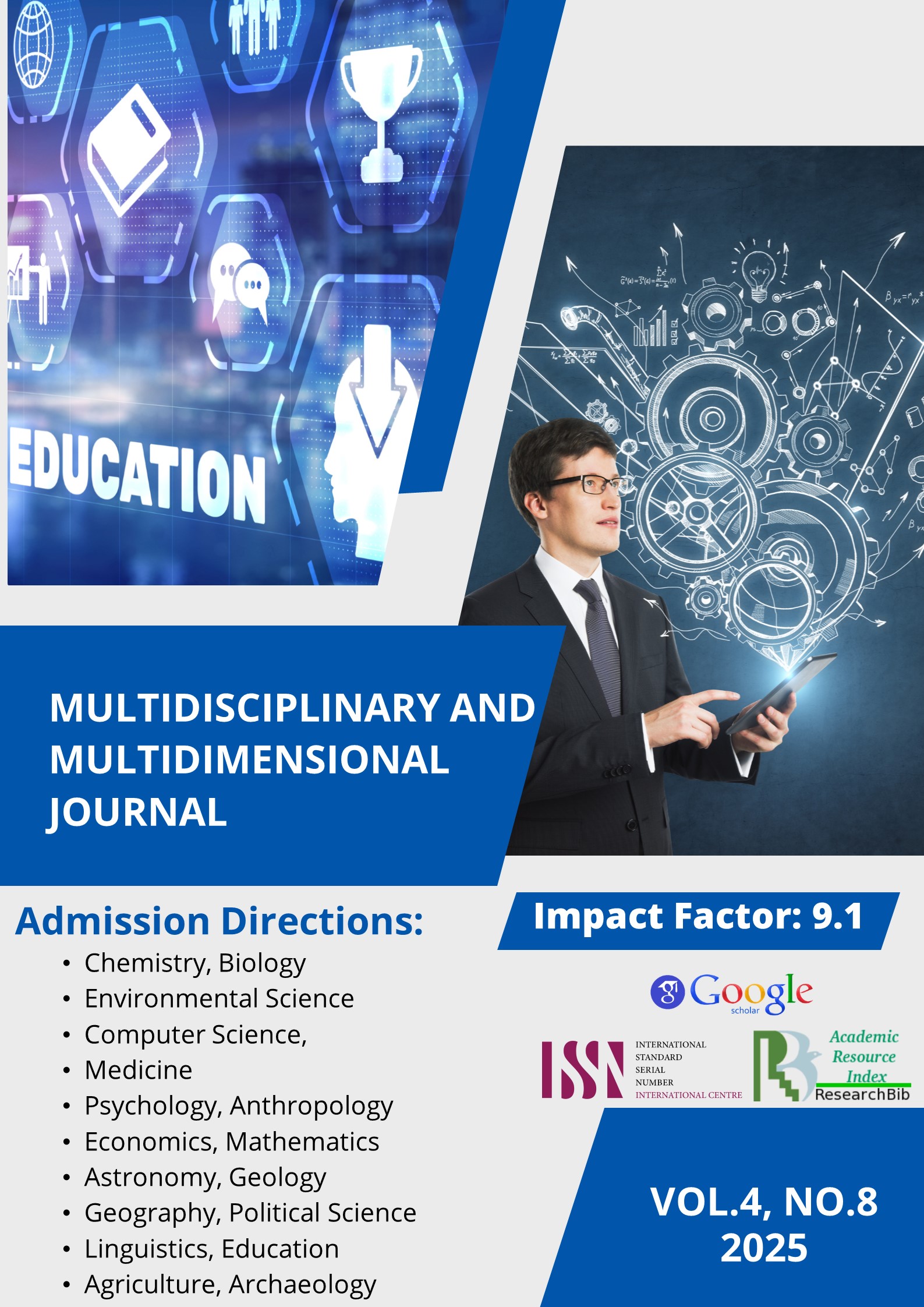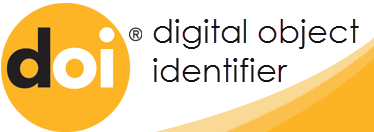THE ROLE OF ICT IN MODERN ENGLISH LANGUAGE PEDAGOGY
Abstract
This article aims to explore the evolving role of ICT in modern English language pedagogy by examining key technologies, instructional strategies, and practical applications. It also discusses the challenges and implications for language educators, with a focus on how ICT can be harnessed to improve teaching effectiveness and learner outcomes in diverse educational environments.
References
Warschauer, M., & Healey, D. (1998). Computers and language learning: An overview. Language Teaching, 31(2), 57–71. https://doi.org/10.1017/S0261444800012970
Beatty, K. (2010). Teaching and researching computer-assisted language learning (2nd ed.). Pearson Education.
Chapelle, C. A. (2001). Computer applications in second language acquisition: Foundations for teaching, testing and research. Cambridge University Press.
Higgins, S. (2003). Does ICT improve learning and teaching in schools? A Professional User Review of UK Research. University of Newcastle.
Gilakjani, A. P. (2017). A review of the literature on the integration of technology into English language teaching. International Journal of English Linguistics, 7(5), 95–106. https://doi.org/10.5539/ijel.v7n5p95
Uzunboylu, H., & Tuncay, N. (2010). Divergence of digital language learning tools on mobile devices. Procedia - Social and Behavioral Sciences, 2(2), 5734–5738. https://doi.org/10.1016/j.sbspro.2010.03.936
Levy, M., & Stockwell, G. (2006). CALL dimensions: Options and issues in computer-assisted language learning. Routledge.











